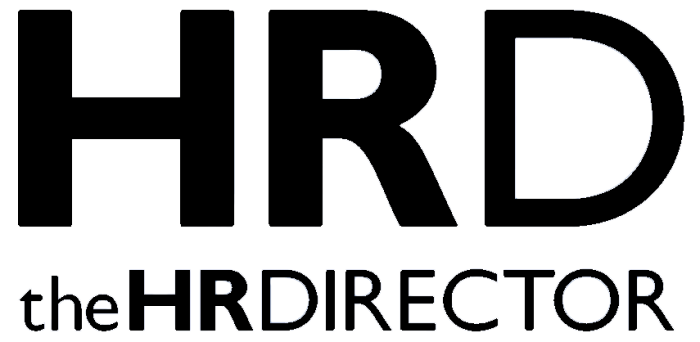Business owners and directors have a responsibility to uphold the highest standards of safety for their employees, along with any members of the public or site visitors on the premises. There are regulations that must be followed, but you also need to examine the specific risks involved with your business and address them as effectively as possible to minimise risks.
If you fail to meet your health and safety obligations and someone is injured as a result, you may be found legally liable for the accident. In such cases, the injured party may be entitled to make an accident at work claim for compensation and, as the liable party, you (or your insurance company) will have to pay. An accident at work can also affect productivity and have other negative consequences for your business. Here are some of the most common hazards faced in the workplace and how you can prevent them*.
The most common workplace hazards
You must carry out a risk assessment specific to your workplace to identify any particular risks, but it can help to understand some of the most common causes of accidents. Here are ten common workplace hazards, and the common ways that employers try to reduce or prevent them:
1. Physical hazards
The specific physical risks that will be present in your workplace depend on the type of work you do, the industry you work in and other factors, but there will always be some general physical hazards in any workplace. This might mean pieces of machinery, electrical equipment, or even something as simple as a wet floor. Slips, trips and falls are the most common type of non-fatal workplace accident, and may be exacerbated by objects left in walkways, or uneven surfaces. Businesses can reduce their legal liability by clearly indicating these risks – for example, with wet floor signs. If you implement regular safety audits and risk assessments, maintain a clean work environment, keep machinery well-maintained, and use non-slip mats, you can also minimise the risk of an accident.
2. Fire
Faulty wiring, flammable materials, lack of proper exits, and blocked access points can all increase the risk of accident and injury caused by fire. There are strict fire safety regulations that all businesses must meet, and a failure to do so can lead to serious injuries. Conduct fire risk assessments, provide accessible fire extinguishers and fire exits, train employees on fire safety protocols, and carry out fire drills to test systems on a regular basis. Familiarise yourself with the legal requirements that a business must comply with, and make sure you meet them. This approach can help to minimise the risk of fire and any related injuries.
3. Electrical faults
Along with fire, faulty wiring and exposed electrical cords can lead to electric shocks and also represent a trip hazard. Electrical appliances may need to undergo portable appliance testing to verify that they are safe, and any faults should be addressed urgently. If necessary, carry out regular inspections and encourage reporting of electrical issues – if there is an elevated risk, put in place a reporting mechanism that can bring electrical faults to attention urgently.
4. Environmental hazards
Depending on the nature of your work, there are any number of environmental hazards that can result in accidents. Poor lighting, for example, can increase the risk of slips, trips and falls, or lead to eye strain or other injuries. Similarly, excessive noise or poor ventilation could lead to illness or injury unless suitable personal protective equipment (PPE) is provided. If you work in an environment with hazardous substances, you must provide adequate ventilation.
5. Substances
Exposure to hazardous chemicals or substances can lead to injury, and is more common than you might expect. This does not only apply to solvents, asbestos and notable, high-risk chemicals – many cleaning agents can lead to an injury after prolonged exposure. Make sure you provide proper ventilation, provide PPE like gloves and masks, follow labelling and handling protocols, and train employees on how to handle hazardous materials safely.
6. Mechanical hazards
Moving machinery parts, sharp edges and equipment malfunctions can all result in serious injuries. Employees must be trained on proper handling of any equipment that they use, and suitable safety procedures must be implemented and followed. It is not enough to provide this training – you must also monitor that it continues to be followed over the long term. It may also be necessary to evaluate any machine guards to make sure they are fitted correctly and function properly.
7. Training
If employees are not provided training on the specifics of their roles, they may be more susceptible to injury. When workers are injured by incorrect lifting and handling techniques when carrying heavy objects, for example, a business may be found liable if it has not delivered suitable training to employees who must carry out these duties.
8. Ergonomic hazards
Problems with how workstations are set up can lead to strains, including repetitive strain injuries. If workers are made to do the same tasks over and over without any breaks, this can also worsen the risk of this type of injury, and this can result in a compensation claim. Give workers regular breaks and, if necessary, adjust each workstation to suit each employee’s needs. This might include providing adjustable chairs and desks or enabling them to alter monitor height.
9. Stress
Although it is less common than physical injuries, workers can claim compensation for stress, bullying and harassment. These incidents may be found to be the responsibility of the employer if the behaviour has been reported but not addressed, or if workers have been given more work than they can reasonably do. To avoid this, foster a positive work culture, implement anti-bullying and harassment policies, provide access to mental health support, and encourage open communication to address stress and workload issues.
10. Vehicles
Among the most common types of accident are collisions with moving objects, which often involve collisions with vehicles. These are common in warehouses, on construction sites and in other places where pedestrian traffic and vehicles are likely to meet. Pedestrian routes should be clearly marked and kept as far away from vehicle routes as possible.
These hazards can result in lots of different injuries, with a range of levels of severity, but even minor injuries can lead to a compensation claim, and affect productivity. As such, preventative actions need to be tailored to each specific working environment. Safety policies, training, and regular risk assessments are the best way to prevent workplace accidents or incidents, minimise your legal liability and maintain a safe work environment.
*Guide provided by Switalskis
www.switalskis.com/services/accident-work-claim







